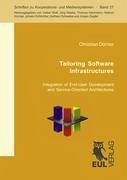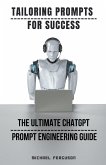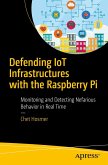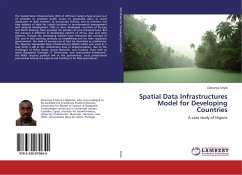Today¿s non-tayloristic work environments call for flexible work practices supported by dynamic IT systems. Changing and optimising business processes has become an important ¿adaptation mechanism¿ in this context. However, process models cannot capture every conceivable real-life situation, and firms¿ software infrastructures often do not provide the flexibility required for supporting ¿design-in-use¿ through effective tailoring processes. The involvement of business users in the continuous redesign of business processes is a beneficial solution for these problems, as it enhances decision processes by making specific information available more quickly. However, involving business users in these redesign processes requires specific design tools. This book presents the development of an environment that enables business users to independently model business processes and workflows. The environment reduces the technical skills required for modelling business processes and workflows to enable business users to tailor heterogeneous software infrastructures. It also provides improved documentation facilities. The facilities add usage-related information about Web services to the existing functional metadata, which is already included in current Web service standards and workflow modelling tools. The environment enables business users to create this usage-related information cooperatively, which leads to a domain-specific documentation of Web services. Based on this information, it provides an enhanced search system that identifies related services and service functions. The evaluation of the environment showed that users had a positive perception of modelling business processes and workflows. They considered this to be useful for the visualisation and automation of business processes as well as for the creation of calculations since it could enhance the efficiency and efficacy of their work.
Hinweis: Dieser Artikel kann nur an eine deutsche Lieferadresse ausgeliefert werden.
Hinweis: Dieser Artikel kann nur an eine deutsche Lieferadresse ausgeliefert werden.








